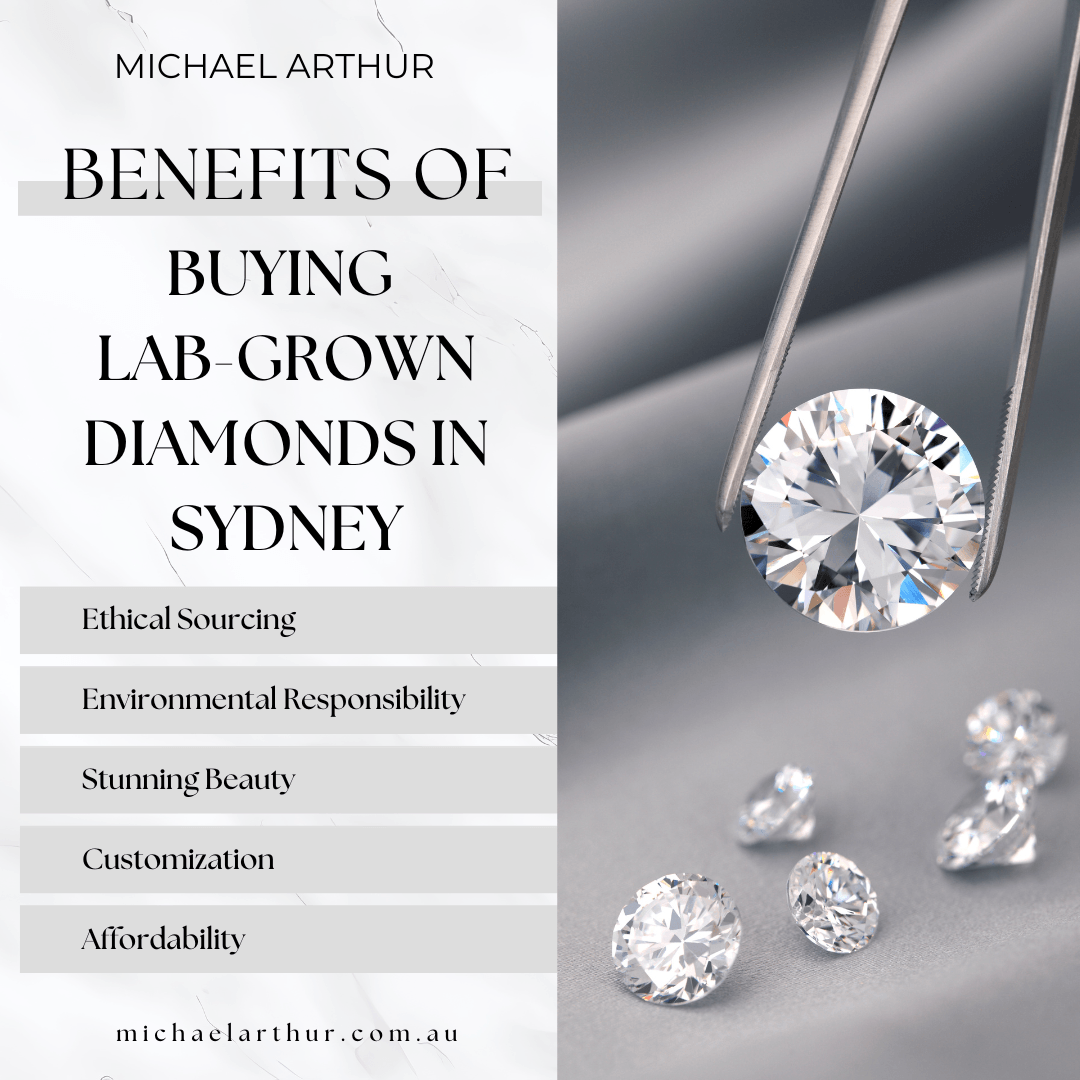What Does Lab Grown Diamonds Do?
The 4-Minute Rule for Lab Grown Diamonds
Table of ContentsLab Grown Diamonds Can Be Fun For EveryoneThe Best Guide To Lab Grown DiamondsAbout Lab Grown DiamondsOur Lab Grown Diamonds Statements
As you travel closer to the Earth's core, pressure and temperature increase, which creates the excellent oven for carbon to be converted into diamond (diamonds are the only gemstone to be made from purely one component). Via a large volcanic eruption, these diamonds were moved to the Planet's surface area. It's approximated this procedure was relatively quick (probably throughout several hours), which enabled the rubies to stay intact without melting.The brief response: carat weights determine the mass of stones, karats gauge the purity of gold. Carat weight: 1 carat weight is equal to 0.2 grams, regarding the weight of a paperclip (next time you see an image of Mariah Carey's 35 carat weight interaction ring, just visualize the burden of bring 35 paper clips around your finger daily).

Below are a few of the vital advantages of laboratory expanded rubies and laboratory grown ruby jewelry:.
See This Report about Lab Grown Diamonds
Simply put, all-natural or earth-mined diamonds are crafted over countless years below the Earth's crust from pure carbon integrated with pressure and warmth. Developing diamonds in a lab requires the very same procedure, just fine-tuned to happen over a much smaller timespan in a far more controlled setup.
Whereas earth-mined rubies are rare and limited and tend to raise in cost over time, lab rubies are easily offered., like lab-grown ruby rings, they will not be a good fit for your requirements.
They may believe that the disadvantages of lab-grown diamonds surpass the pros. Some might suggest that, for this factor, acquiring a lab-made diamond also comes with its ethical considerations, as doing so takes income away from those included in the all-natural ruby market who might need it most.
Traditional rubies count on the Planet's conditions to establish their high quality or absence thereof. Yet in a lab, makers can straight regulate a ruby's top quality. Yes, there are ethical and ecological factors to consider with both extracted and synthetic diamonds. Suppose your spending plan just allows you to look for specific shades or cuts of all-natural diamonds.
The 9-Second Trick For Lab Grown Diamonds
You Click This Link can conveniently find colored, manufactured rubies on the (reasonably) cheap side in addition to specific cuts that would certainly be costlier if you were purchasing an extracted ruby only. As stated, not every insurance plan will certainly secure your lab-grown diamond That barely indicates it isn't worth protecting. Our thorough insurance coverage safeguards you under various regrettable conditions, from strange loss to burglary.
all-natural rubies is that the latter is mined from natural deposits in the Earth while the former is made in a lab making use of controlled settings. Their top quality is mainly the very same. While the distinction between lab-grown and all-natural ruby choices are marginal when it involves high quality, a few of the drawbacks of lab-grown rubies include the fact that the rock will certainly depreciate over time and, to some, a lack of sentimental worth that's commonly connected with extracted rubies
The procedure entails marginal land disruption and eliminates problems associated with logging and environment devastation. Lab-grown rubies are frequently much more inexpensive than natural rubies. This price distinction can be credited to the streamlined production procedure and the avoidance of expenses connected with conventional mining. The Controlled Setting in Which Laboratory Grown Diamonds Are Produced Enables Regular High Quality.
Versatility in Layout - Laboratory Grown Diamonds Offer Designers and Consumers a Versatile Palette to Produce Unique and Ingenious Precious Jewelry Designs. the Controlled Growth Process Enables The Manufacturing of Diamonds in Numerous Sizes And Shapes. Laboratory Diamond Rings are the Many Famous Among Lab Ruby Fashion Jewelry. Lab Diamonds Usually Feature A More Transparent Supply more info here Chain.
Some Known Details About Lab Grown Diamonds
Market Understanding - Regardless Of Their The Same Physical Properties, Lab Diamonds Might Face Tests in Market Assumption. Some Customers Still Perceive Natural Diamonds as Having Greater Worth and Status. The Manufacturing of Lab-Grown Diamonds Can Be Energy-Intensive, Particularly in Approaches Like High Pressure Heat (hpht) and Chemical Vapor Deposition (cvd).
All-natural Diamonds Are Developed Over Numerous Years Deep Within the Earth, Adding to Their Regarded Rarity. Lab-Grown Diamonds, Despite Their Identical Feature, Might Not Carry the Exact Same Rarity Element, Impacting Their Viewed Value for Some Consumers. a knockout post Influence On Diamond-Dependent Economies - the Shift Towards Lab Grown Diamonds May Have Financial Effects for Nations and Neighborhoods that Depend Upon The Ruby Mining Industry.

Ans. Lab Diamonds Are of Equal Top Quality to Natural Diamonds in Terms of Hardness, Radiance, and Quality. the Top quality of A Ruby, Whether Lab-Grown or Mined, Is Established by Its Cut, Color, Quality, and Carat Weight Weight. Ans. Yes, Laboratory Diamonds Shimmer Similar To All-natural Diamonds. Their Radiance and Glimmer Are an Outcome of Their Cut and The Way Light Engages with Their Facets. Ans.